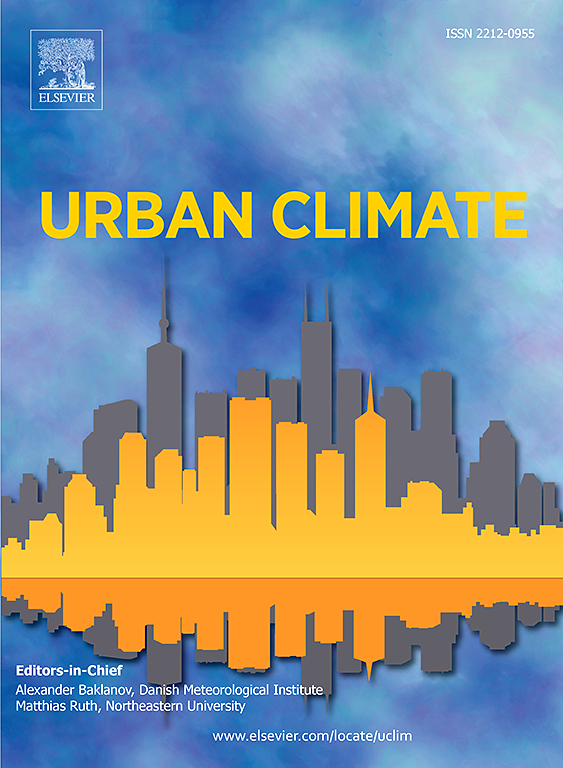Rapid prediction of pollutant dispersion in residential blocks using generative adversarial networks
IF 6
2区 工程技术
Q1 ENVIRONMENTAL SCIENCES
引用次数: 0
Abstract
The morphological layout of urban residential blocks has a significant impact on pollutant dispersion. However, the optimization of pollutant dispersion-oriented residential blocks studies used to rely on computational fluid dynamics (CFD) simulations with abstract models, which not only disconnects from the actual design situation, but also limits the efficiency of scenario iteration. Therefore, in order to realise real-time prediction of pollutant concentration fields for arbitrary layouts at the early morphological design stage of urban settlements, this study clusters 1997 residential blocks in Shenzhen, China, and constructs a CFD dataset representative of Shenzhen's residential block. Then, based on this dataset, the prediction performance of three GAN models (Pix2Pix, CycleGAN and Pix2PixHD) on pollutant dispersion under two scenarios (design optimization and real-time monitoring) is trained and compared, and the impacts of two optimization methods (training stability and training data optimization) on the performance of the models are explored. The results show that the clustered dataset can reflect the real Shenzhen residential blocks characteristics. On the test set, the MAE of Pix2PixHD reaches 0.132 and the inference time is less than 1 s. This study is the first to realise second-scale prediction of pollutant dispersion in urban residential blocks by coupling a clustered residential block dataset with generative adversarial networks, thereby establishing the methodological and data foundation for future cross-city generalization and real-time morphology optimisation.
基于生成对抗网络的住宅小区污染物扩散快速预测
城市住区形态布局对污染物扩散有显著影响。然而,面向污染物扩散的住宅小区优化研究,以往依赖于抽象模型的计算流体力学(CFD)模拟,这不仅与实际设计情况脱节,而且限制了场景迭代的效率。因此,为了实现城市住区形态设计早期任意布局下污染物浓度场的实时预测,本研究以中国深圳的1997个住宅小区为集群,构建了具有深圳住宅小区代表性的CFD数据集。然后,基于该数据集,训练比较了两种场景(设计优化和实时监测)下3种GAN模型(Pix2Pix、CycleGAN和Pix2PixHD)对污染物扩散的预测性能,并探讨了两种优化方法(训练稳定性和训练数据优化)对模型性能的影响。结果表明,聚类后的数据集能较好地反映真实的深圳居民点特征。在测试集上,Pix2PixHD的MAE达到0.132,推理时间小于1 s。本研究首次通过将聚类住区数据集与生成对抗网络相结合,实现了城市住区污染物扩散的二级尺度预测,从而为未来的跨城市泛化和实时形态优化奠定了方法和数据基础。
本文章由计算机程序翻译,如有差异,请以英文原文为准。
求助全文
约1分钟内获得全文
求助全文
来源期刊

Urban Climate
Social Sciences-Urban Studies
CiteScore
9.70
自引率
9.40%
发文量
286
期刊介绍:
Urban Climate serves the scientific and decision making communities with the publication of research on theory, science and applications relevant to understanding urban climatic conditions and change in relation to their geography and to demographic, socioeconomic, institutional, technological and environmental dynamics and global change. Targeted towards both disciplinary and interdisciplinary audiences, this journal publishes original research papers, comprehensive review articles, book reviews, and short communications on topics including, but not limited to, the following:
Urban meteorology and climate[...]
Urban environmental pollution[...]
Adaptation to global change[...]
Urban economic and social issues[...]
Research Approaches[...]
 求助内容:
求助内容: 应助结果提醒方式:
应助结果提醒方式:


